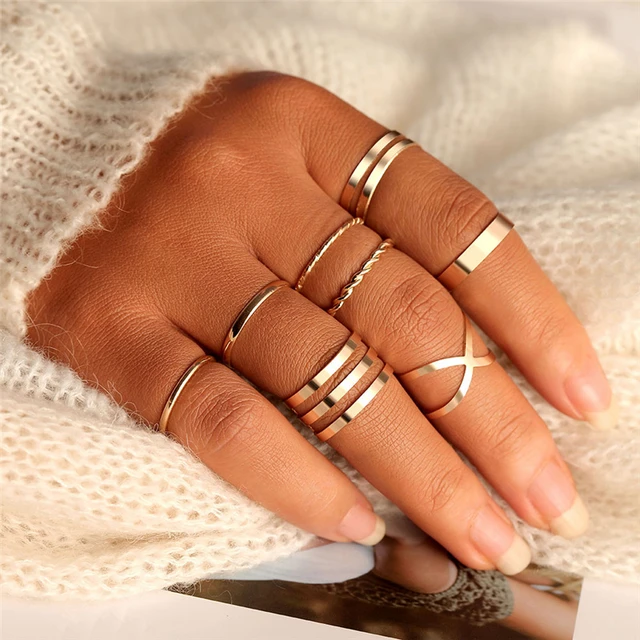Diamonds have long been celebrated for their beauty and brilliance, but one question that often arises is, “diamond size matters” In the world of lab-grown diamonds, this question takes on new dimensions. In this article, we will explore why diamond size is important, how it affects the overall value and appearance of lab-grown diamonds, and what considerations you should take into account when choosing the right size for your needs.
The Allure of Diamond Size
When it comes to diamonds, size is often one of the first factors that come to mind. Larger diamonds generally catch more light and appear more impressive. This allure is not limited to natural diamonds but extends to their lab-grown counterparts. The size of a diamond can significantly impact its visual appeal and how it is perceived by others.
Understanding Lab-Grown Diamonds
Lab-grown diamonds are created in controlled environments that mimic the conditions under which natural diamonds form. They possess the same physical and chemical properties as natural diamonds, including hardness, brilliance, and clarity. However, they are produced in a fraction of the time and often at a lower cost. This makes lab-grown diamonds an attractive option for many buyers who want high-quality gemstones at a more accessible price.
How Size Affects Lab-Grown Diamonds
Visual Impact
The size of a lab-grown diamond can drastically alter its visual impact. Larger diamonds are more likely to capture and reflect light, resulting in a greater brilliance and sparkle. This is particularly noticeable when diamonds are set in engagement rings, necklaces, or earrings, where the stone’s size can be a focal point of the jewelry piece.
Value Considerations
While lab-grown diamonds are generally less expensive than natural diamonds, their value still correlates with size. A larger lab-grown diamond will typically cost more than a smaller one, though the price per carat is often lower than that of natural diamonds. When considering size, it’s essential to balance your budget with your desired visual effect.
Setting and Style
The choice of setting and style can also influence how the size of a lab-grown diamond is perceived. For instance, a solitaire setting will highlight the diamond’s size and brilliance, whereas a halo setting, with smaller diamonds encircling the central stone, can make the center diamond appear larger than it actually is.
Choosing the Right Size
Personal Preference
Ultimately, the right size for a lab-grown diamond is a matter of personal preference. Some individuals may prioritize a larger stone for its dramatic effect, while others may prefer a more modest size that aligns with their style and budget.
Practical Considerations
When choosing the size of a lab-grown diamond, consider practical aspects such as how the diamond will be used. For engagement rings, a larger diamond might be desired, but for everyday wear, a slightly smaller stone might be more practical.
Future Trends
The trend towards lab diamonds has been growing, but there is also a rising appreciation for unique and custom sizes. Lab-grown diamonds offer the flexibility to experiment with various sizes and settings without the premium cost associated with natural diamonds.
Conclusion
In the realm of lab-grown diamonds, size certainly matters, but it is one of many factors that contribute to the overall beauty and value of the gemstone. Whether you are seeking a large, eye-catching diamond or a smaller, more subtle piece, understanding the impact of size on both appearance and value will help you make an informed decision. By considering personal preferences, practical considerations, and current trends, you can select a lab-grown diamond that perfectly fits your needs and style.

